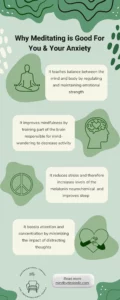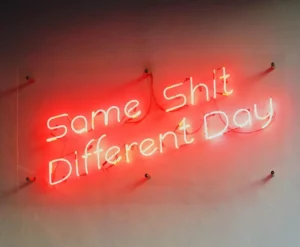Attachment Theory:
Looking at Love From a Therapeutic Lense
Leave Your Info
What Is Attachment Theory?
Attachment theory is a psychological theory that explains the nature of emotional bonds between humans. It was first proposed by John Bowlby in the 1950s, and has been further developed by researchers such as Mary Ainsworth, Cindy Hazan, and Phillip Shaver. The theory states that individuals have an innate need to form close relationships with others, and that these relationships serve a survival function. In other words, attachment is a fundamental aspect of human nature that plays a critical role in our ability to form healthy and successful relationships.

5 key components of attachment theory
1. Early Childhood Impacts on Attachment
According to research, attachment styles are formed in childhood and tend to remain relatively stable throughout one’s lifetime (Bowlby, 1969). These attachment styles are characterized by the way in which an individual responds to separation and stress. There are three main attachment styles: secure, anxious-ambivalent, and avoidant.
- Secure individuals have a positive view of themselves and others, and tend to have healthy relationships.
- Anxious-ambivalent individuals have a negative view of themselves and tend to be overly dependent on others.
- Avoidant individuals have a negative or fearful view of others and tend to be emotionally distant.
2. Predicting Relationship Outcomes
Research has consistently shown that attachment styles predict relationship outcomes, with secure individuals being more likely to form healthy and lasting relationships (Hazan & Shaver, 1987). For example, a study by Feeney, Noller, and Callander (1994) found that secure individuals reported higher levels of satisfaction, trust, and commitment in their relationships, compared to individuals with anxious-ambivalent or avoidant attachment styles.
3. The Role of Emotion Regulation and Attachment
Another important aspect of attachment theory is the relationship between attachment styles and emotional regulation. When we are secure, we tend to have better emotional regulation and can cope with stress and negative emotions. In comparison, when we are anxious-ambivalent or avoidance, we tend to struggle to regulate emotions or cope with heightened stress. (Mikulincer & Shaver, 2007).
4. Attachment styles can be changed
While attachment styles tend to be relatively stable, research has also shown that they can be changed, particularly through therapy or other forms of intervention (Levy & Davis, 1988). For example, a study by Johnson and colleagues (2009) found that individuals who received attachment-based therapy reported significant improvements in their attachment styles and relationship satisfaction. Attachment based therapy incorporates attachment theory along with CBT to help us gain more insight about our thoughts, beliefs and experiences
5. Our perceptions Impact our attachment
Finally, attachment theory also has implications for cognitive and neural processes. Research has shown that attachment styles are related to different patterns of neural activation and cognitive processing (Fraley & Shaver, 2000; Mikulincer & Shaver, 2007). For example, secure individuals tend to have more positive memories of past relationships and are less likely to ruminate on negative emotions, compared to individuals with anxious-ambivalent or avoidant attachment styles.
Attachment Theory In A Nutshell
We understand the nature of human relationships through the use of research, experience & observation. Attachment theory gives a helpful framework for understanding our relationships and highlights the importance of early experiences. These early experienced play a significant role in not only our adult relationships, but in our relationship to the world and our perceptions about the world around us.
Attachment theory, like many theories, is a tool that can help you understand your attachment behaviors, your needs and your beliefs so that you can learn how to create the most fulfilling relationships.
Having a healthy relationship with others begins with first having a healthy understanding about ourselves.
Interested in exploring your attachments and relationship health? Reach out to us today for a free consultation call with one of our therapists!
Call, Text, Email
Visit Us!
References:
Bowlby, J. (1969). Attachment and Loss: Vol. 1. Attachment. New York: Basic Books
Hazan, C., & Shaver, P. R. (1987). Romantic love conceptualized as an attachment process. Journal of Personality and Social Psychology, 52(3), 511–524.
Feeney, J. A., Noller, P., & Callander, D. (1994). Attachment style and communication in
romantic relationships. Journal of Social and Personal Relationships, 11(4), 471-484.
Levy, T. R., & Davis, K. E. (1988). Love styles and attachment styles compared: Their relations to each other and to various relationship characteristics. Journal of Social and Personal Relationships, 5(4), 439-471.
Johnson, S. M., Whiffen, V. E., & Greenberg, L. S. (2009). Attachment-based therapy for couples: A pilot study. Journal of Marital and Family Therapy, 35(3), 264-277.
Fraley, R. C., & Shaver, P. R. (2000). Adult romantic attachment: Theoretical developments, emerging controversies, and unanswered questions. Review of General Psychology, 4(2), 132-154.
Mikulincer, M., & Shaver, P. R. (2007). Attachment in adulthood: Structure, dynamics, and change. New York: Guilford Press.







